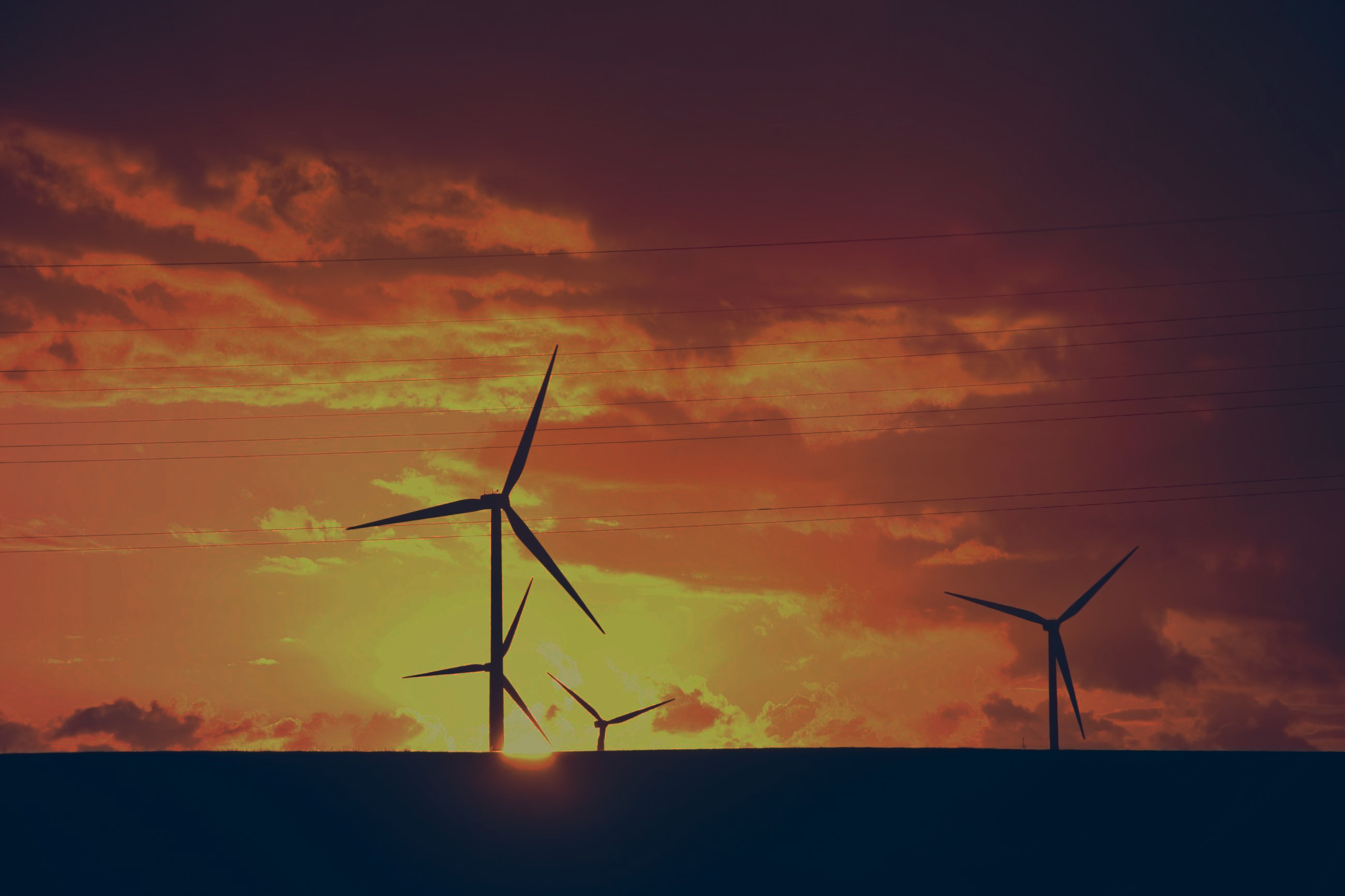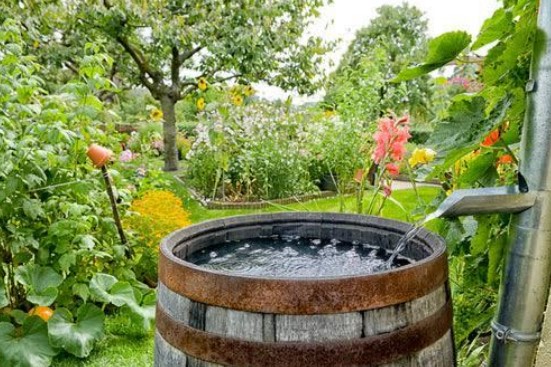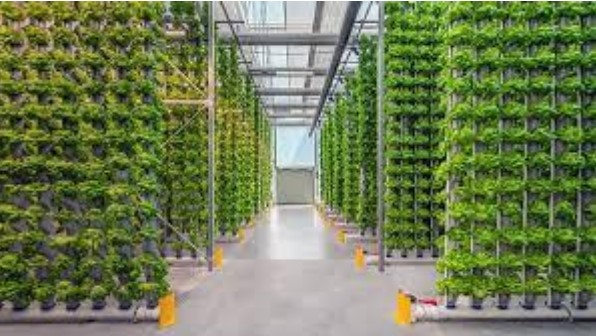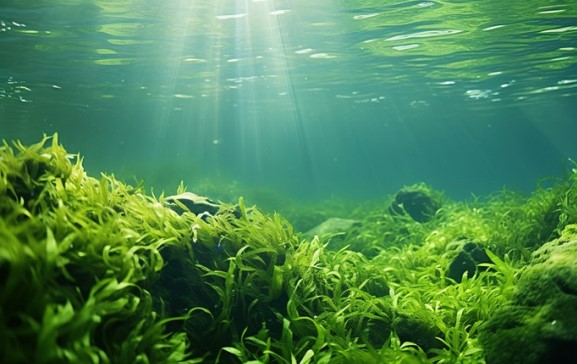
Blog Post

 Khushi
KhushiInnovative water harvesting techniques: capturing atmospleric moisture
What is Water Harvesting?
Water harvesting is the process of collecting and storing rainwater for human use. It can also involve other activities such as harvesting surface water, extracting groundwater, and preventing water loss through evaporation and seepage.
New technologies for harvesting water from the atmosphere
Fog NetsFog nets are mesh structures that capture tiny droplets from fog as it passes through. Best suited to coastal and mountainous areas with regular fog, they can produce up to 20 liters of water per square metre daily. They are low-cost and eco-friendly but rely on consistent fog and require maintenance to prevent clogging.
Atmospheric Water Generators (AWGs)AWGs condense moisture from the air to produce drinking water. Using cooling or desiccant-based systems, they work best in regions with over 30% humidity. While effective, cooling-based AWGs require significant energy, which can limit their use in energy-scarce areas.
Advanced Materials: Hydrogels and MOFsMaterials like hydrogels and metal-organic frameworks (MOFs) are designed to absorb water even in low-humidity environments. They are lightweight and scalable, suitable for dry climates, though their high production costs remain a barrier to widespread use.
Solar-Powered HarvestingSolar-powered technologies enhance water extraction, particularly useful in sunny, remote areas. Solar-powered desiccants and condensation systems improve efficiency but depend on sunlight availability.
These technologies offer sustainable solutions to water scarcity, with potential for wider adoption as costs decrease and efficiency improves.
Recent Posts





